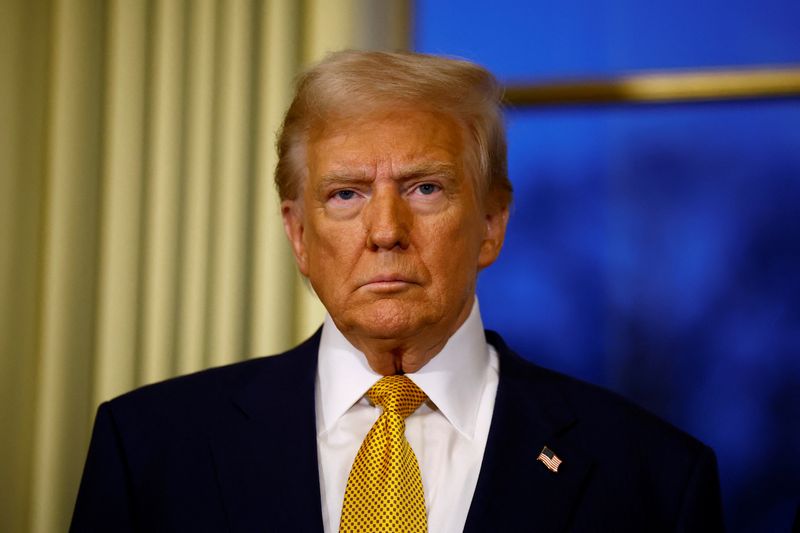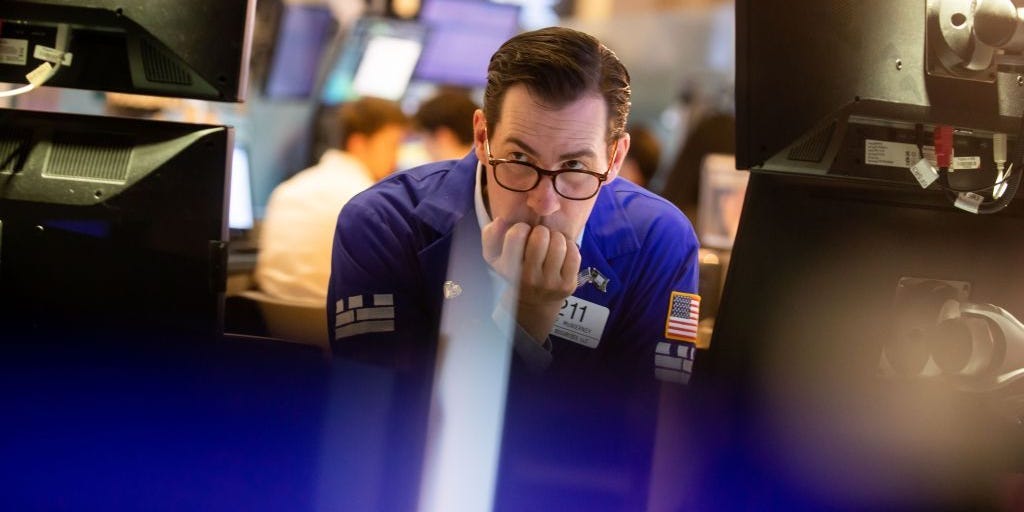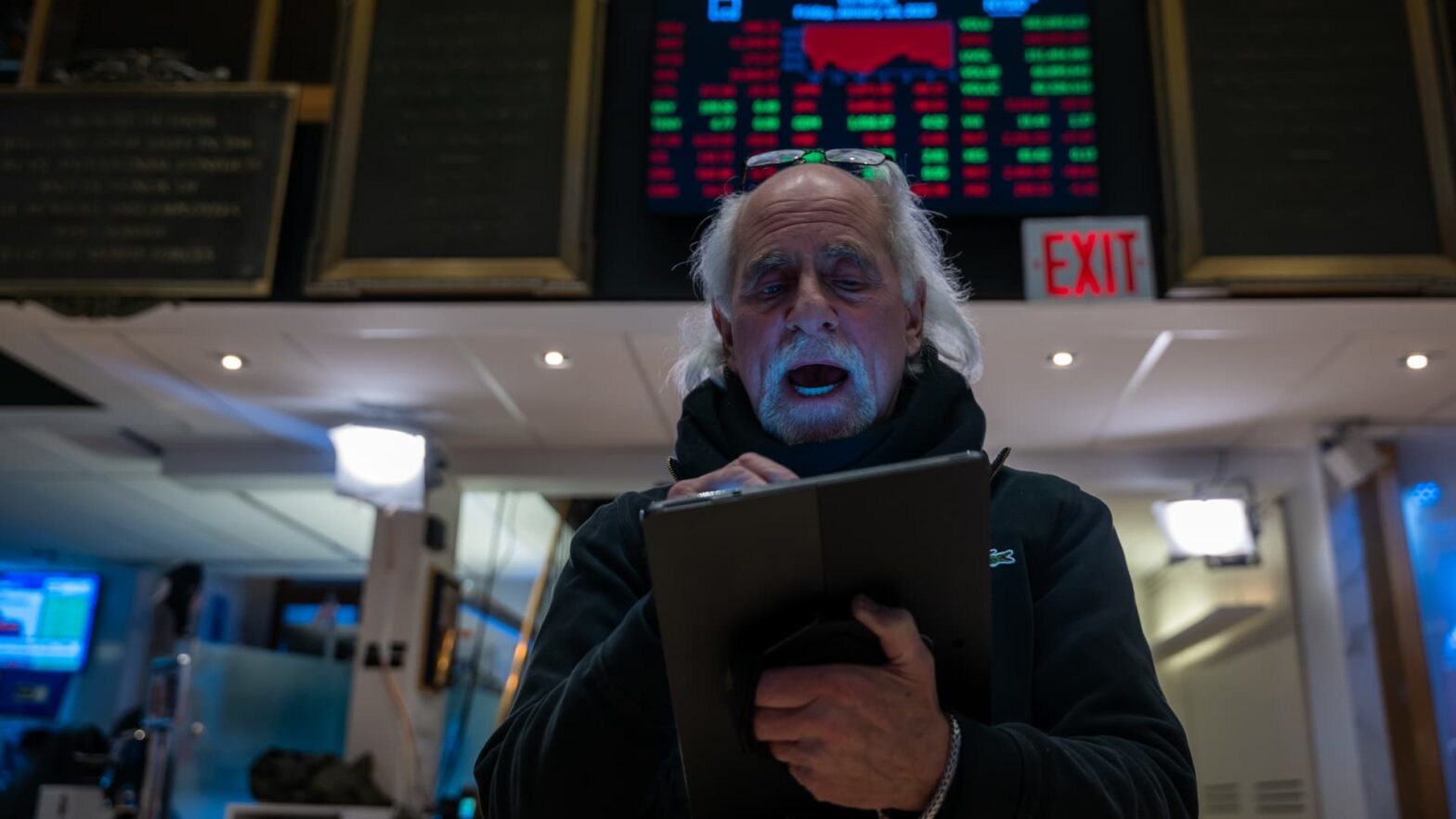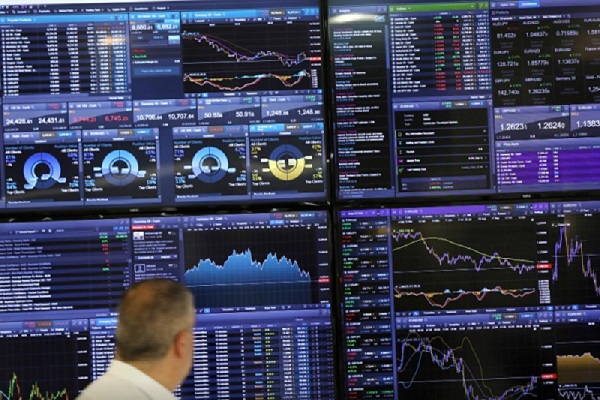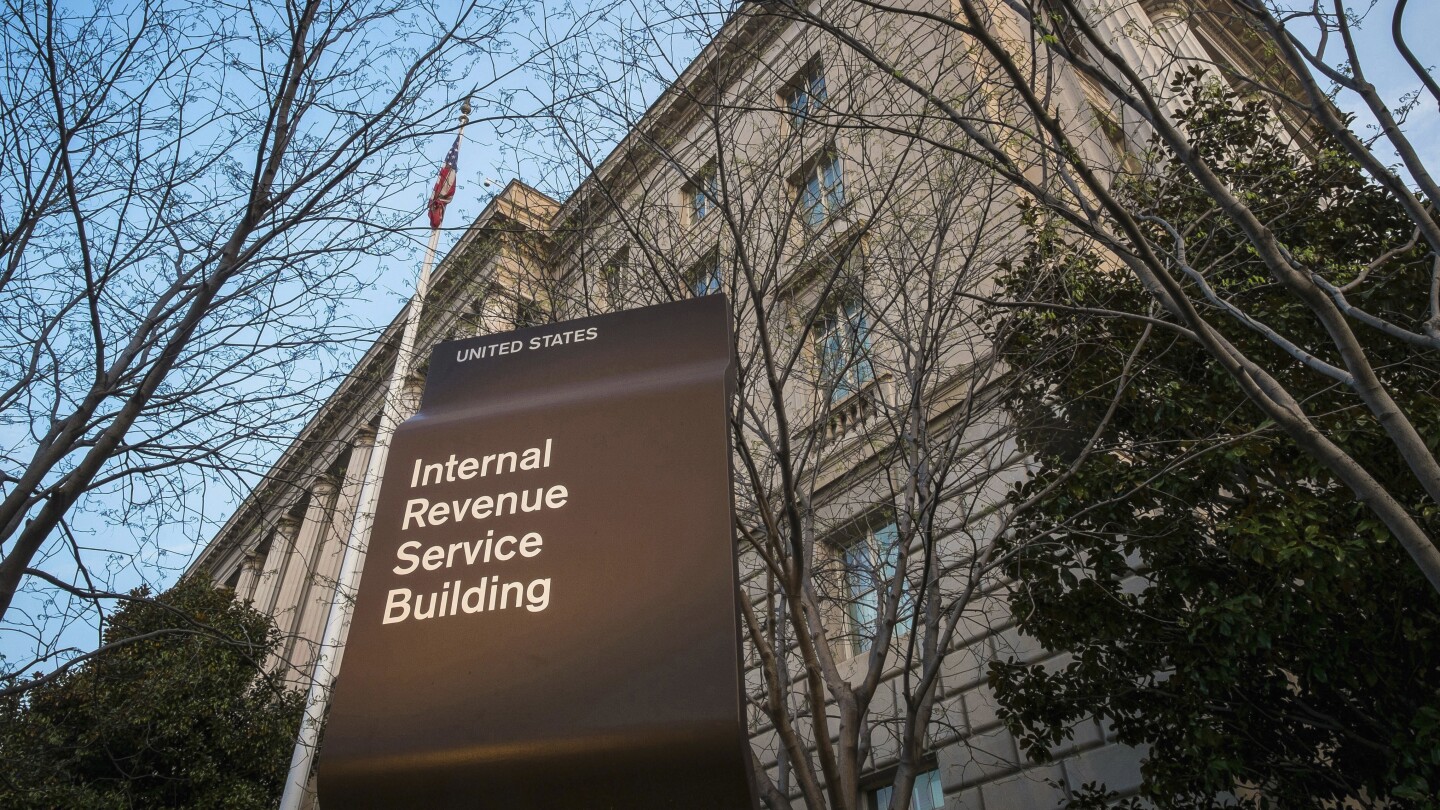Druckenmiller dumped shares of Nvidia in favor of two industry-leading businesses during the June-ended quarter.
Important data releases aren’t hard to come by on Wall Street. Monthly employment and inflation reports, coupled with earnings season (i.e., six weeks packed full of operating results from public companies), can make it easy for important data to fly under the radar.
While most investors were focused on the heart of earnings season in mid-August, as well as the release of the July inflation report, they may have missed the deadline for Wall Street’s smartest and most-successful money managers to file their Form 13F with the Securities and Exchange Commission. A 13F provides a clear snapshot of which stocks and exchange-traded funds (ETFs) the top money managers purchased and sold in the latest quarter.

Image source: Getty Images.
What’s particularly noteworthy about the latest round of 13Fs is that Wall Street’s hottest artificial intelligence (AI) stock, Nvidia (NVDA -0.18%), was sent to the chopping block by at least seven billionaire asset managers for the third consecutive quarter.
Perhaps the most prominent seller was billionaire Stanley Druckenmiller of Duquesne Family Office.
Stanley Druckenmiller slashed his fund’s stake in Nvidia
Druckenmiller tends to minimize risks when investing and attempts to align his portfolio with the health of the U.S. and global economy. During the second quarter, a number of tech stocks were pared down or sold in their entirety by Duquesne’s investment team, including Nvidia. The 1,545.370 shares sold by Druckenmiller reduced his fund’s stake in Wall Street’s AI darling by roughly 88% to just 214,060 shares.
On the bright side, Nvidia has maintained its monopoly like status as the preferred provider of AI-graphics processing units (GPUs) used in high-compute data centers. The analysts at TechInsights pegged Nvidia’s share of GPUs shipped to enterprise data centers at 98% in 2022 and 2023. Given the persistently strong demand for the H100 and next-generation Blackwell chip, Nvidia seems unlikely to cede its top spot anytime soon.
But there’s another side to Nvidia’s growth story that unabashed optimists and Wall Street may be overlooking.
To begin with, there hasn’t been a game-changing innovation for three decades that’s avoided a bubble-bursting event early in its existence. In simpler terms, investors have consistently overestimated how quickly a new technology or innovation would become mainstream with consumers and/or businesses. The fact that most companies lack a well-defined game plan to generate a positive return on their AI investments is a strong clue that we’re in the early stages of what’s likely another bubble-bursting event.
Druckenmiller might also be anticipating competitive pressures weighing on Nvidia’s margins and, eventually, its bottom line. While new chips coming to market from competitors is expected, the bigger concern might be that all four of Nvidia’s largest customers by net sales are developing AI-GPUs of their own. Even if Nvidia’s chips are faster and more energy efficient, the ease of access and cost advantages of internally developed chips will lead to fewer opportunities for Nvidia in the future.
I’d be remiss if I didn’t also mention that no insiders have purchased shares of Nvidia on the open market since December 2020. This looks to be a clear signal that shares of Nvidia aren’t the bargain they once were.
But while Druckenmiller was dumping most of Duquesne’s stake in Nvidia during the June-ended quarter, he was piling into two unstoppable companies.

Image source: Getty Images.
Philip Morris International
The first smoking-hot deal that billionaire Stanley Druckenmiller found irresistible in the second quarter is tobacco goliath Philip Morris International (PM 1.16%). His fund purchased 889,355 shares of Philip Morris (worth around $90.1 million, as of the midpoint of 2024), as well as call options that give Duquesne the right to purchase up to 963,000 additional shares.
For years, tobacco stocks have been yesterday’s news. Some developed countries have restricted the ability of tobacco companies to advertise, and consumers are now more aware of the potential dangers to their health of using tobacco products. Despite these challenges, Philip Morris’s stock hit an all-time closing high in September.
One catalyst that’s seemingly always in the corner of tobacco stocks is their pricing power. Tobacco contains nicotine, which is an addictive chemical. This addictive quality allows tobacco companies to raise the price on their products — especially premium brands, such as Marlboro — without chasing away their customers. Thus, even with cigarette shipments declining in developed markets, revenue continues to climb.
Philip Morris also enjoys unparalleled geographic diversity. This is a company with operations in 180 countries. If regulations for the tobacco industry become unfavorable in certain developed markets, Philip Morris can simply lean on emerging markets, where tobacco may still be considered a luxury item, to pick up the slack.
Additionally, Philip Morris is investing for a smokeless future. The company’s smoke-free business accounted for 38% of net sales during the June-ended quarter, with its IQOS heated tobacco units leading the charge. The total number of IQOS users reached 30.8 million in the second quarter (up 1.9 million from the end of 2023), with its IQOS device commanding a greater than 8% share of the heated tobacco market in countries where IQOS is sold.
Although Philip Morris’s stock is at the high end of its valuation range over the last decade — currently 17 times forward-year earnings — Druckenmiller’s fund is likely already up between 20% and 30% on its stake.
Kinder Morgan
The other unstoppable stock that billionaire Stanley Druckenmiller piled into during the June-ended quarter is energy goliath Kinder Morgan (KMI 0.69%). Duquesne’s 13F shows that 2,872,665 shares of Kinder Morgan were purchased, which increased the fund’s existing stake by 74% to 6,753,165 shares.
Investor sentiment toward oil and gas stocks has been mixed since the COVID-19 pandemic. The historic demand cliff observed during the early stages of the pandemic clobbered drillers. However, Kinder Morgan’s operations have been largely unfazed.
The reason Kinder Morgan has thrived is because it’s a midstream energy company. It’s effectively a middleman that’s responsible for transporting, storing, processing, and treating natural gas and natural gas liquids, as well as petroleum products.
The beautiful thing about midstream energy companies (and Kinder Morgan is no exception) is that they primarily operate on fixed-fee contracts. Cementing long-term fixed-fee deals with drilling companies ensures that energy commodity spot-price volatility and inflation are non-factors. This leads to highly predictable operating cash flow year after year, which comes in especially handy for midstream providers.
Being able to accurately forecast operating cash flow a year or more in advance is what gives Kinder Morgan’s board the confidence to dole out what’s currently a nearly 5% dividend yield. Further, it affords management the ability to make bolt-on acquisitions that can rapidly expand its infrastructure and add to its cash flow.
Interestingly enough, the three-year stretch during the pandemic where global energy companies slashed their capital expenditures (capex) might also be a long-term positive for Kinder Morgan. Reducing capex tightened the global supply of crude oil and lifted its spot price. If the spot price for in-demand energy commodities remains high, it’ll likely incent more production and afford Kinder Morgan the opportunity to land lucrative, fixed-fee contracts.
Kinder Morgan is currently valued at 9.7 times forecast cash flow for 2025, which is its priciest multiple to cash flow since 2019. But with Druckenmiller’s fund gaining in the neighborhood of 20% to 30% on its stake in Kinder Morgan in a couple of months, I doubt he or his investment team are complaining.
Sean Williams has no position in any of the stocks mentioned. The Motley Fool has positions in and recommends Kinder Morgan and Nvidia. The Motley Fool recommends Philip Morris International. The Motley Fool has a disclosure policy.



